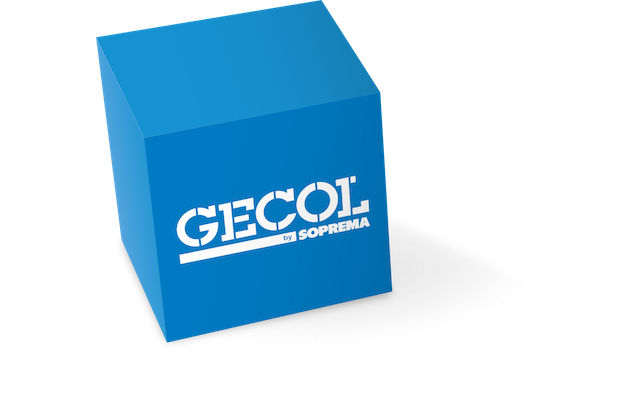01 Aug How to remove damp from baseboards
Baseboards and low parts of buildings are normally very conflictive points with regard to the presence of damp.
In these areas, rising damp usually accumulates the interior and exterior of walls, even creating moisture pockets and, consequently, serious damage.
In turn, salts accumulate in the form of efflorescences, staining, degrading and deteriorating cladding.
Preliminary analysis
The accumulation of moisture in the lower areas of the buildings, coming from the subsoil, drag the salts present in it through a capillary lift.
Water rises by pressure difference, seeking an exit to the exterior and depositing the salts that it finds dissolved in its path.
Subsequently, these salts are hydrated and increase in volume, causing fractures and spalling of the wall.
If this natural escape route for moisture is blocked by not very breathable or non-breathable coatings, far from solving the problem, it will worsen it and the damp will even move towards places other than the origin of the problem.
Technical considerations
According to the previously described constraints, the use of a dehumidifying and macroporous technical mortars of the GECOL Aqua mur range, will be required, since it is highly breathable and, consequently, will serve as an escape route for the accumulated moisture until it is completely drained and cured.
Before using this mortar, we must follow the steps below:
- Remove and cure the old cladding, at least up to 50 cm above the stain produced by the salts.
- Wash the substrate with pressurized water or by sandblasting to eliminate the micro-organisms and use a biocidal cleaner or a water and bleach solution.
Afterwards, rinse with clean water.
- The mortar must be removed from the interior of the masonry joints to a depth of approximately 2 cm.
- In the case of presence of carbonations on the substrate, these must be treated with GECOL Desincrustante diluted with water in the ratio 1:4.
5- The choice of sanitation mortar will depend on the type of support:
- Low consistency supports GECOL Aqua mur cal
- Medium consistency supports GECOL Aqua mur cal-H
- Consistent supports GECOL Aqua mur
These products can be coated with GECOL Cril silicato.
(The use of permeable coatings in light colors is recommended)
Recommended products
Waterproofing in skirting boards
Painting
Additive
Warnings: The data provided by this Constructive Solution were prepared based on standard onsite installation processes. However, we recommend that you consult our Technical Department in the event of any specific circumstance info@gecol.com






